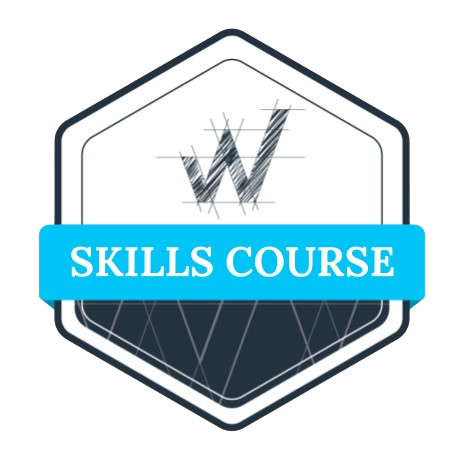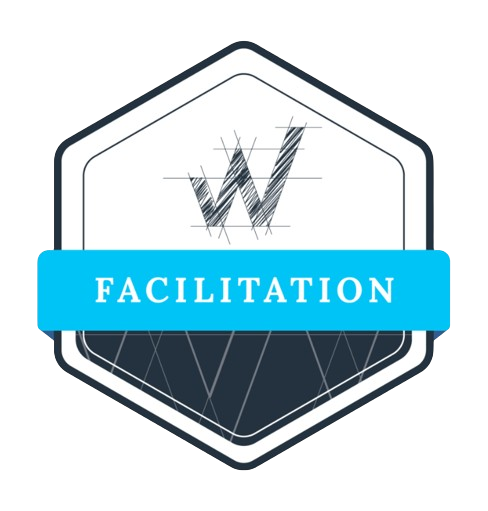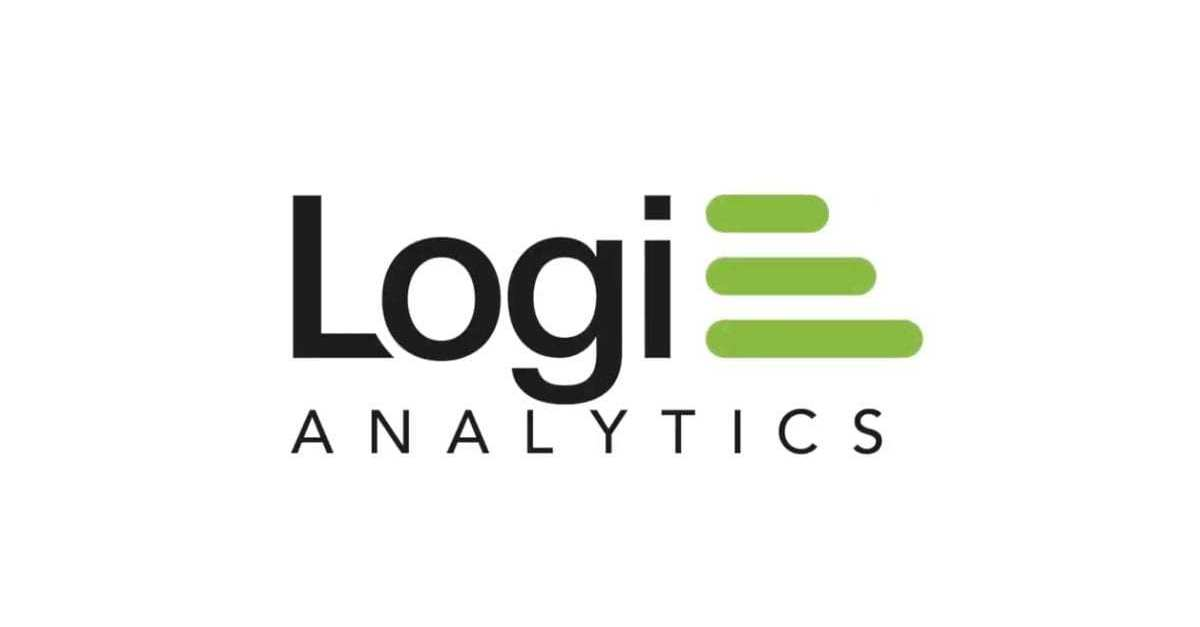Learn About a Wide Range of Sales Training Topics
Give your entire sales teams access to the industry’s most highly rated training and coaching programs that cover a vast range of sales training topics geared to drive recurring revenue.
Processes for all revenue teams
Achieve sustainable growth, with consistent process design and training applied across the entire Revenue team
Live, interactive training led by experts
Give your reps the fundamental skills needed for their roles – whether AE, SDR, CSM, or Manager
Trusted by 600+ SaaS companies
We help recurring revenue teams achieve sustainable growth. Our scientific models and frameworks are used by high-growth Scale-Ups, startups, and Fortune 500 companies
Our Process
In a modern recurring revenue business, it is impossible to scale without treating growth as a science. We apply proven frameworks and expose the math that underpins each step of the customer journey.
Diagnose
Uncover gaps and opportunities to optimize recurring revenue growth
Design
Apply a universal methodology and process across your entire customer journey
Activate
Activate through defined processes and playbooks, implemented directly into your workflow
Train
Arm your reps with the core skills for success, with a common language to unify as one GTM team
Coach
Provide your team with ongoing development to make change stick, gauge progress, and reach your goals
Client Results
Customer Success KPIs
As a business leader, you want to see your company grow. However, you may find yourself wondering exactly how to do that and measure customer growth. You may have heard of several different best metrics to use. The question of how to measure customer growth is closely tied to the question of how to measure customer success. Customer success is absolutely crucial to a company’s growth and prioritizing it can unlock new opportunities for exponential growth.
Customer success is a business discipline that looks beyond customer acquisition to the process of nurturing a healthy, long-term customer relationship. Traditionally, many businesses funnel much of their efforts and resources toward top of the funnel sales and marketing. These areas are often believed to be the biggest drivers of revenue growth. Businesses also often overlook an important point: securing a customer’s repeat business is just as important as acquiring the customer in the first place. For SaaS companies, this repeat business is built right into the business model. Customers pay a periodic subscription fee, which means they always have the choice to not renew their business with your enterprise. Prioritizing customer success is one of the best ways to make sure your customer chooses to continue using your service.
Customer success is clearly important, but simply defining the term still leaves the question of how to measure it. Metrics like customer lifetime value, churn rate, and net promoter score probably spring to mind; while terms like these are tossed around frequently, it’s crucial to actually understand how to apply and interpret each one. Customer success KPIs can be valuable sources of information that enable you to make informed decisions about customer success at your company — decisions that can drive significant growth.
Your business might not need to use every single customer success KPI. Metrics can be more or less applicable depending on the industry, the type of company, and the individual needs of the organization and its customer base. By familiarizing yourself with the most critical customer success KPIs, you can determine which metrics your customer success team should be focusing on for the best results. However, analyzing your company’s customer success needs can be challenging, especially if you haven’t devoted much attention to customer success in the past. Winning By Design helps companies identify the right KPIs to prioritize and improve the customer success results they’re able to achieve.
In this article, we’re going to focus on some of the most important customer metrics that are valuable for most kinds of businesses — namely: what they are, why they’re important, and how to calculate them.
Customer Success Metrics
There is a long list of customer success metrics you can use to measure various specific aspects of customer success. Whether you call them customer metrics, KPIs, or something else, they have a lot of value to offer your company.
Customer Lifetime Value
Customer lifetime value (CLV) is one of the main customer success metrics SaaS companies should be paying attention to. Customer lifetime value predicts the total revenue you’ll earn from a client over the course of your business relationship. CLV is based on two fundamental KPIs: annual revenue per customer and the average length of each customer relationship in years. If CLV is increasing, it could indicate your customers are highly successful with your products or services. A decreasing CLV could indicate your customers are struggling and at risk of churning.
To calculate average customer lifetime value, first determine your business’s average annual revenue per customer, the average length of each customer relationship, and the average cost of acquiring a customer. Then, use the following formula:
(average annual revenue x average length of relationship) – average customer acquisition cost = average CLV
Customer Churn Rate
Another of the most important customer success metrics for a product or service is churn rate, something Winning by Design was able to reduce for leading SaaS Data Protection Platform, OwnBackup. Churn rate is the percentage of your business’s total customers that end their relationship with your business over a given period of time. This is one of the most basic (and critical) customer success metrics for a project of any kind. A high customer churn rate tells you that customers are dissatisfied with the value your company is providing and indicates a need for a better customer success strategy.
To calculate customer churn rate, identify a period of time you want to observe, the total number of customers your business had at the beginning of that timeframe, and the number of customers you lost during that time frame. To find your customer churn rate for the chosen period of time, simply divide the number of customers who left by the number of customers who existed at the beginning of the timeframe.
Customer Success KPIs B2B
Here are a couple more customer success KPIs B2B companies, SaaS companies, and many other kinds of businesses should care about.
Customer Satisfaction Score
A customer satisfaction score (CSAT) is a valuable metric for nearly any customer success manager. Performance metrics like this one are essential for evaluating how customers feel about your company. The kind of experience a customer has when interacting with your brand is just as impactful as the value they receive from your product or service — which is why customer satisfaction is one of the most common KPIs for customer success executives to measure.
CSAT score is typically measured using a survey. After a significant customer interaction, ask the customer to rate their experience on a scale of one to ten. Scores six through ten represent positive feelings about the interaction. To calculate customer satisfaction score, divide the number of positive scores you captured by the total number of scores you captured.
Net Promoter Score
Net promoter score is another important metric that’s relevant to practically every VP of customer success. KPIs like customer satisfaction score and net promoter score (NPS) are based less on hard, numerical data and more on customer sentiment. NPS measures how likely your customers are to recommend your business to someone else.
To calculate net promoter score, you’ll once again need to distribute a survey to customers that asks them to rate their likelihood to recommend your business on a scale of one to ten. Customers who respond with a zero through six are detractors, those who respond with a seven or eight are passive, and those who respond with a nine or ten are promoters. You can use these responses to calculate the percentage of your total customers who are promoters and the percentage who are detractors. NPS is the difference between your promoter percentage and detractor percentage, written as a score from -100 to 100.
Consultative Selling
Why focus on consultative selling? Many companies that are using the recurring revenue model are starting to see their conversion rates decline because their sales teams are not well equipped when it comes to servicing the ongoing needs of their subscription customers. By focusing only on closing the deal, those companies are preventing their go-to-market teams from providing true impact for customers. That’s why consultative selling is so important. Because the focus is on building long-term relationships with customers, consultative selling takes into account the 93% of a customer’s lifetime value can come months or even years after the initial deal.
As we mentioned before, the consultative selling process starts when your sales team makes contact with a customer who has a problem they want to solve. Winning by Design’s consultative selling training programs are vital to business success because they help you and your team connect with customers from the beginning of the sales process. Our trainers come from the business world, so they don’t just give you examples of consultative selling. They tell you about real-life situations that they encountered. Because our courses are designed to be interactive, trainers get participants to discuss their own challenges. This is not something you can get from books on consultative selling.
Winning by Design doesn’t offer one-size-fits all training. Each of the courses available through our Revenue Academy, known for its top-rated training and coaching for go-to-market teams, offers role-based training for your entire team. We have teaching tracks geared toward Account Executives, Sales Development Representatives, Customer Success Managers, and Sales Managers. And there are also courses for frontline managers, as well as your team members who aspire to move up in the ranks. We offer open courses that are perfect for individuals or small groups from your team, along with private classes with customized curriculums that are great for a whole department. We also have coaching that ties everything together.
Customer Success KPI Dashboard
Even if you’re familiar with the best way to measure each customer success KPI, it can be difficult to keep all the data organized — especially if your organization is already very large with an expansive customer base. A customer success KPI dashboard is a great tool for gleaning actionable insights from customer success metrics. Dashboards are often included with various kinds of customer success software. You can find many different customer dashboard examples in various sales and marketing software packages. However, before you get too far into building a personalized customer success dashboard, you should ensure you’re familiar enough with the KPIs to make good use of the information.
Customer Success KPI SaaS
Let’s continue examining some of the essential customer success metrics you might include on a customer success dashboard.
First Contact Resolution Rate
First contact resolution rate measures the percentages of customer issues that are resolved in a single interaction. First contact resolution rate is one of the most critical customer success metrics for SaaS companies and many other kinds of businesses. As you probably know, your customers don’t have time to spend waiting for answers — solving their problems promptly communicates respect for their time and can ultimately strengthen the relationship.
Calculating the first contact resolution rate is a simple matter of dividing the number of support tickets that are resolved after one interaction by the total number of support tickets your customer support team received during the given period of time.
Monthly Recurring Revenue
Monthly recurring revenue should be of great interest to any customer success manager. Performance metrics based on revenue can give you a general picture of how much money your customer base is spending and, more importantly, whether they’re spending more or less over time. This is one of the customer success KPIs SaaS companies may find useful. SaaS customer success KPIs are especially valuable for companies that sell software to other businesses based on a subscription model.
Customer Success Manager KPI
Performance metrics are valuable tools for measuring customer success and determining the best course of action to improve it. For a customer success manager, KPIs are essential sources of information that make it possible to build an informed, effective customer success strategy.
However, understanding the metrics is only the first step. You need to know the right KPIs for customer success at your organization. Focusing on KPIs that aren’t relevant won’t have the desired effect on long-term customer success. Winning By Design can help you identify the most important KPIs to guide your customer success strategy.
Related Articles
Get in touch
Contact us to see how we can help your team transform.


























